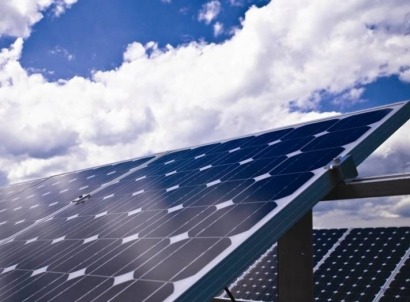
Key Findings of the analysis include:
At present, commercial deployment of grid-connected energy storage systems (GCESS) is limited to regions such as Germany, Japan, US and certain parts of Central and South America.
Installations have been inhibited by the high upfront costs of storage technologies and by the limited proof of the advantages of storage. IHS estimates that only 340 MW of energy storage systems were installed across 2012 and 2013, with these predominately demonstration projects.
However, IHS forecasts that annual installations will rapidly accelerate and reach over 6 GW in 2017, promoted by the availability of financial incentives to reduce the upfront cost of an ESS, by the introduction of energy storage procurement/installation targets and by changes in electricity grid regulations that create business case opportunities for an ESS in the grid.
IHS projects that growth will continue and by 2022, over 40 GW of energy storage systems will be installed in grid-connected applications, including behind-the-meter, in-the-grid and co-located with renewable and conventional generators.
The USA will lead energy storage installations, and will account for 43 percent (in MW terms) of global GCESS installations between 2012 and 2017. Installations in USA are currently driven by pay for performance rates for ESS providing frequency regulation services, and by avoiding peak demand charges in commercial electricity tariffs. Longer-term, growth will be driven by legislation such as Assembly Bill 2414 ESS Procurement Targets and by the increasing need for flexible capacity as a result of growing levels of renewable penetration.
Other regions that will see significant deployment of GCESS will be Germany and Japan, where the installation of energy storage will be promoted by increasing renewable penetration, growing peak demand and the increasing financial attractiveness of self-consumption of renewable energy. In general, GCESS will be critical in upgrading electricity grids to manage the increasing levels of renewable penetration, and in balancing increasingly complex supply and demand requirements.
The business case for an ESS will often rely upon multiple revenue streams that are created by providing a range of different functions. As a result, Li-Ion will dominate the energy storage market and will account for over 60 percent of annual installations in 2017, as it is a versatile technology that is capable of providing both energy intensive and power intensive functions.
However, Li-Ion will begin to lose some share of installations in the long-term, as more energy intensive applications begin to lead the requirements for energy storage systems. Sodium sulphur, sodium nickel chloride, flow batteries and alternative compressed air energy storage systems have the advantage of lower upfront costs than Li-Ion in these applications.
In December, IHS published ‘The Future of Grid-Connected Energy Storage’, its first detailed report on the business case and market potential for the deployment of energy storage in grid-connected applications.
The report provides insight into what functions an energy storage system (ESS) can provide and who will benefit from installations. It includes in-depth written analysis and full explanations of drivers and barriers affecting the market, and it presents five- and ten- year market forecasts for various metrics by grid interconnection location, region and energy storage technology.
For additional information:

